What Temperature Should My Samsung Refrigerator Be Set At? Optimal Settings!
We may earn affiliate fees for purchases using our links (at no additional cost to you).
What’s the ideal temperature for your Samsung refrigerator? Are you struggling to find the perfect setting to keep your food fresh and your energy bills in check?
The recommended temperature settings for Samsung refrigerators will be discussed in this article. Understanding optimal cooling zones can help you troubleshoot common temperature issues.
Learn how to set your Samsung refrigerator to maximize efficiency and effectiveness.
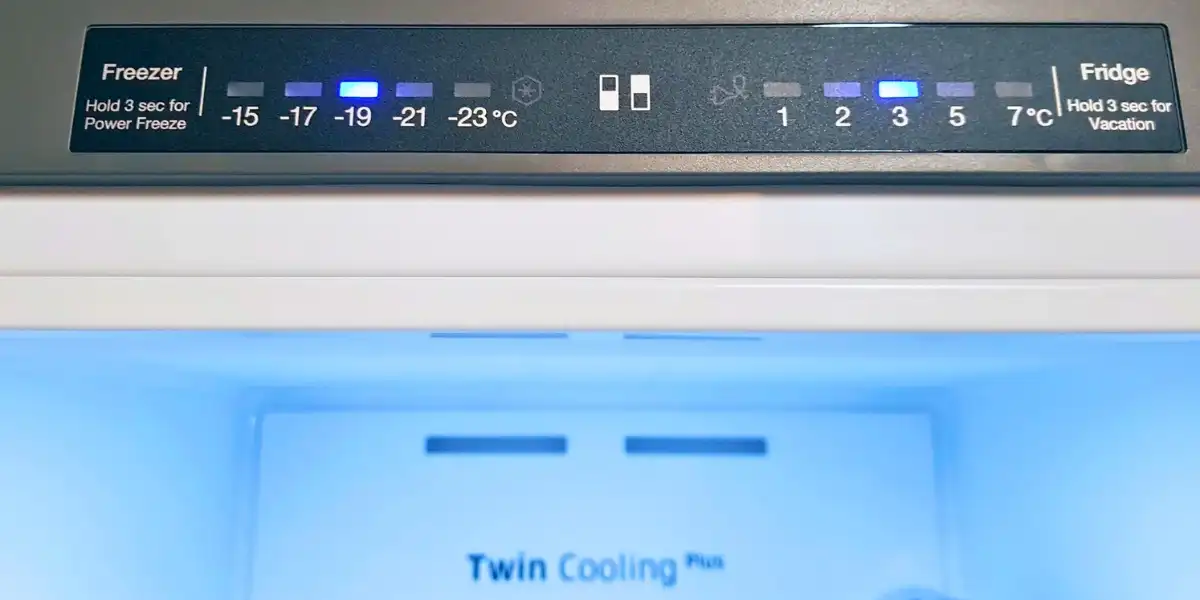
What Temperature Should My Samsung Refrigerator Be Set At?
As with most refrigerators, Samsung refrigerators perform best between 35°F (1.7°C) and 38°F (3.3°C). This temperature range helps to ensure food safety and optimal preservation of perishable items.
Depending on the model of your Samsung refrigerator, the recommended temperature setting may vary. According to your model’s features and controls, the manual will explain how to adjust the temperature.
Factors Affecting Refrigerator Temperature Performance
Several factors can affect the temperature performance of a refrigerator. Here are some key factors to consider:
Location:
The placement of the refrigerator plays a significant role. You should place it away from direct sunlight, heat sources (such as ovens or heaters), and drafts.
This ensures proper airflow and prevents temperature fluctuations.
Door Seal:
The integrity of the door seal, or gasket, is essential for maintaining consistent temperatures.
Temperature fluctuations and decreased efficiency can result from a worn or damaged seal. Regularly inspect and clean the gasket, and replace it if necessary.
Loading and Organization:
How you load and organize the items in your refrigerator can impact temperature performance. Avoid overcrowding, as it can restrict airflow and lead to uneven cooling.
Allow space between items for proper air circulation. In addition, storing cold food directly in the refrigerator can raise the internal temperature.
Defrosting:
For refrigerators with manual defrosting, a buildup of ice or frost can hinder proper cooling.
Keep the freezer compartment defrosted regularly according to manufacturer instructions.
Maintenance:
Regular maintenance is crucial for optimal temperature performance. You can reduce heat dissipation and cooling efficiency by cleaning the condenser coils (under or behind the refrigerator).
Make sure the interior is clean and organized, and clean up any spills or food residues promptly.
Ambient Temperature:
The temperature of the room where the refrigerator is located can impact its performance.
Keeping the refrigerator cool may be harder if the ambient temperature is excessively high.
This can lead to increased energy consumption and potential temperature fluctuations.
Refrigerator Age and Condition:
Over time, the efficiency of a refrigerator may decrease due to wear and tear or aging components.
If you notice persistent temperature issues, it could indicate a problem with the appliance itself. It may be necessary to consult a professional for repair or maintenance.
How to Fine-Tune the Temperature in Your Samsung Refrigerator?

To fine-tune the temperature in your Samsung refrigerator, you can follow these general steps:
Locate the temperature control panel:
Samsung refrigerators may have temperature control panels located inside or outdoors.
Access the temperature controls:
The temperature control panel may have separate controls for the refrigerator and freezer compartments.
Some models have digital displays, while others have dials or buttons.
Adjust the temperature settings:
Use the controls to increase or decrease the temperature as needed. Typically, Samsung refrigerators let you adjust the temperature in one or two-degree increments.
Detailed instructions on adjusting the temperature on your model can be found in your user manual.
Allow time for stabilization:
After adjusting the temperature settings, give your refrigerator some time to stabilize.
A few hours may pass before the internal temperature reaches its new setting and stabilizes.
Monitor the temperature over the next few hours or days to ensure it maintains the desired range.
Monitor and make further adjustments if necessary:
Check the temperature regularly using a thermometer to ensure it stays within the recommended range.
Further adjustments may be necessary if the temperature consistently feels too cold or too warm. Repeat the process until you achieve the desired temperature.
Problems with Refrigerator Temperature Control and Troubleshooting
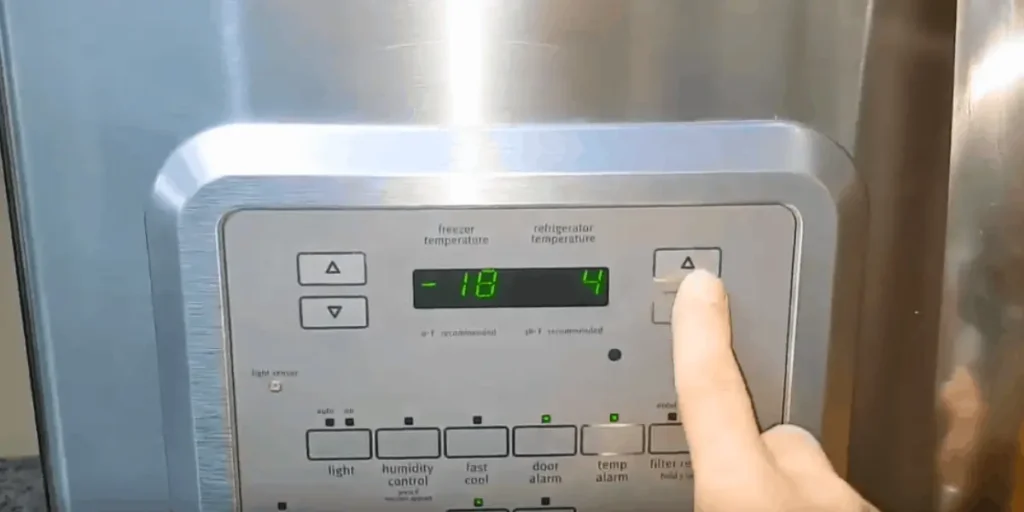
Here are some common refrigerator temperature control issues and troubleshooting steps:
Temperature Fluctuations:
Temperature fluctuations in your refrigerator can lead to inconsistent cooling and food spoilage.
Check the door seal/gasket:
Make sure the door seal is intact and clean. A damaged or dirty gasket can allow warm air to enter, causing temperature fluctuations.
Clean the seal with warm, soapy water and replace it if necessary.
Adjust the temperature setting:
Ensure the temperature control is set to the recommended range (35°F to 38°F or as specified in your user manual).
Make minor adjustments if needed and allow time for the temperature to stabilize.
Monitor loading and organization:
Overloading the refrigerator or blocking airflow vents can disrupt proper cooling. Ensure there is sufficient space between items for proper air circulation.
Freezer or Refrigerator Not Cooling:
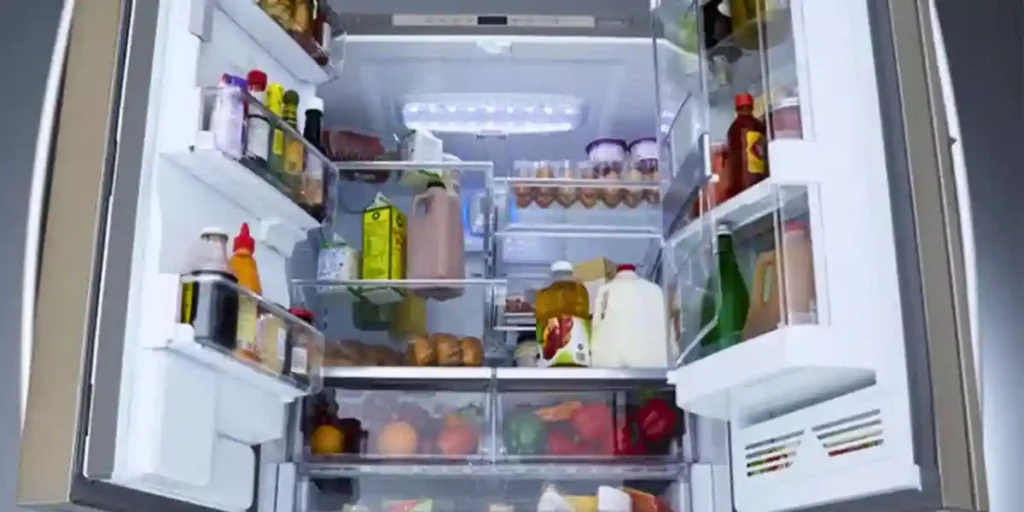
Check power supply:
Verify that the refrigerator is properly connected to a functioning power outlet. Ensure the power cord is secure and not damaged.
Clean the condenser coils:
Dust and debris accumulation on the condenser coils can hinder cooling performance.
Locate the coils (typically at the back or underneath the refrigerator) and clean them using a vacuum or brush.
Check for blocked vents:
Food items and ice buildup should not block the vents in the refrigerator and freezer compartments. Clear any obstructions to allow proper airflow.
Verify proper defrosting:
Follow the manufacturer’s instructions if your refrigerator has a manual defrosting system. Excessive ice buildup can affect cooling efficiency.
Constantly Running Refrigerator:
Check for obstructions:
Ensure no items are blocking the vents or preventing the door from closing properly. Blocked vents can cause the refrigerator to run continuously.
Adjust temperature settings:
If the temperature control is set too low, it can cause the refrigerator to run excessively. Increase the temperature slightly and monitor for improvements.
Clean the condenser fan:
The condenser fan, located near the condenser coils, helps dissipate heat. Dust and debris can impede its operation. Clean the fan using a brush or vacuum to ensure proper airflow.
How to maintain energy efficiency?
Here are some tips to help you maintain energy efficiency:
Optimize Heating and Cooling:
Set your thermostat to energy-efficient temperatures. In winter, aim for 68°F (20°C) or lower, and in summer, set it to 78°F (25°C) or higher.
A programmable thermostat automatically adjusts temperatures when you’re away. Ensure proper insulation in your home to prevent drafts and minimize heat transfer.
Efficient Lighting:
Replace traditional incandescent bulbs with energy-efficient options like LED or CFL bulbs.
Turn off lights when not in use and make use of natural daylight whenever possible. Use motion sensors or timers to control lighting in areas with infrequent use.
Smart Appliance Usage:
Choose energy-efficient appliances with high Energy Star ratings when purchasing new ones.
Turn off electronics, chargers, and appliances when not in use to eliminate “vampire” consumption. Run full loads in your dishwasher and washing machine to maximize efficiency.
Efficient Water Usage:
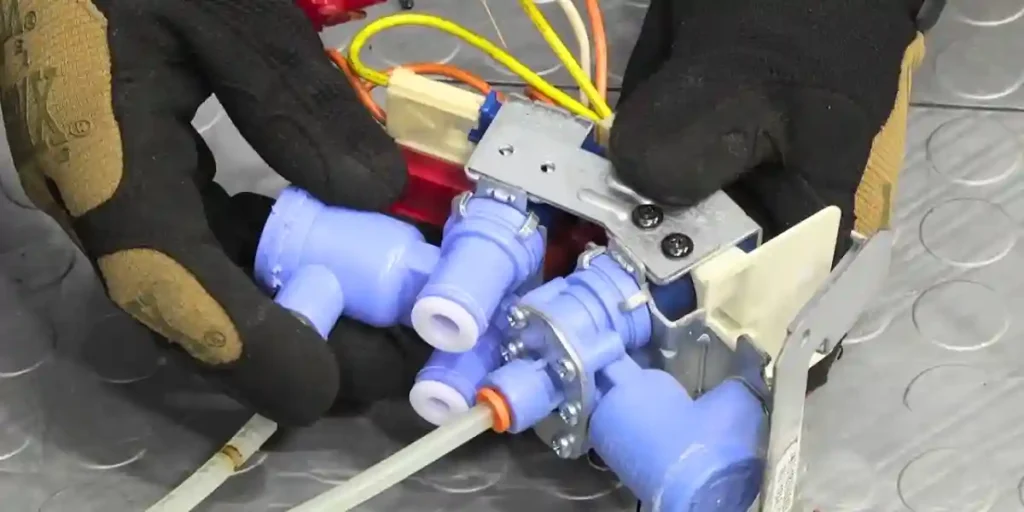
Repair leaks in faucets, toilets, and pipes promptly to prevent water wastage. Install low-flow showerheads and faucets to reduce water consumption.
Wash laundry in cold water whenever possible and consider air-drying clothes.
Efficient Refrigerator Usage:
Set the refrigerator temperature to the recommended range (35°F to 38°F or as specified by the manufacturer).
Keep the refrigerator well-organized to allow for proper airflow and avoid overfilling. Clean the condenser coils regularly to optimize cooling efficiency.
Insulate and Seal:
Insulate your home properly to prevent heat loss in winter and heat gain in summer. Seal gaps around windows, doors, and vents to prevent drafts and air leaks.
Energy-Efficient Windows:
Install energy-efficient windows with double or triple panes and low-emissivity coatings.
Use window coverings like blinds, shades, or curtains to regulate heat gain and loss.
Renewable Energy Sources:
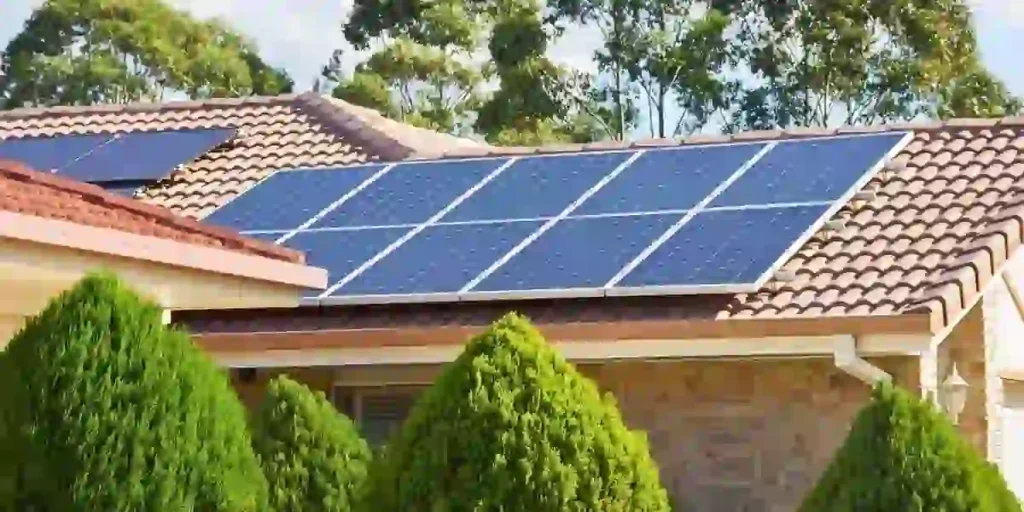
Consider installing solar panels to generate clean and renewable energy for your home.
Explore options for renewable energy programs or community solar initiatives in your area.
Energy Audits:
Conduct a home energy audit to identify areas of energy waste and prioritize efficiency upgrades.
Seek professional help or use online tools to assess your energy consumption and efficiency.
Behavioral Changes:
Educate household members about energy-saving habits, such as turning off lights when leaving a room.
Educate yourself and your family about energy-saving practices to foster a culture of energy efficiency.
FAQs About Samsung Refrigerator Temperature Settings
What Happens If The Temperature Is Set Too High?
This can result in foodborne illnesses and wastage of perishable items. When exposed to higher temperatures, dairy products, meat, and seafood may spoil faster.
What Happens If The Temperature Is Set Too Low?
Fruits and vegetables may become limp or develop freezer burn. Extremely low temperatures can also impact the performance and energy efficiency of the refrigerator.
Where Can I Find The Temperature Control Settings On My Samsung Refrigerator?
It may contain digital displays, dials, or buttons to adjust refrigerator and freezer temperatures.
Are There Any Variations In Temperature Settings Among Samsung Refrigerator Models?
Refer to your user manual for your specific model for accurate instructions on adjusting the temperature. You can find model-specific details on how to set the temperature and control any additional features.
Conclusion
To ensure food safety, freshness, and longevity, Samsung refrigerators should operate at 35°F to 38°F. Set the temperature within this range to prevent spoilage, maintain quality, and extend shelf life.
Ensure that your Samsung refrigerator is set at the right temperature, and enjoy peace of mind.
